 As Toyota join the entry-level sedan party, Sarmad Kadiri gatecrashes the bash to pick the best partner to jive around town with
As Toyota join the entry-level sedan party, Sarmad Kadiri gatecrashes the bash to pick the best partner to jive around town with
Photography Sanjay Raikar
We normally associate Toyota with premium cars, but, for the first time, the world’s largest car maker has developed a low-cost car like the Etios. This is probably the most affordable sedan in its entire global line-up, creating a benchmark of sorts in affordability. Obviously, one would not expect a Corolla for Rs 7 lakh. Having said that, the Etios has to live up to Toyota’s standard and also elbow out Maruti Suzuki and Tata Motors, who have been masters of cost-effective cars in India. Maruti Suzuki’s Dzire and Tata Motors’ Manza are currently the most popular models in this category and so they make for the obvious choice to be pitted against the Toyota, the new challenger.
 To be honest, none of these three will bowl you over with its design. The Maruti looks better as a hatchback, but the sedan’s three-box design does not have a natural flow and looks as if the boot has been added as an afterthought. The focus is on practicality rather than on inspiring awe. Meanwhile, the Tata Manza seems to be an improvement over its forebears and carries the sharp bonnet design, which has become a Tata design DNA, also seen on the Aria and the Vista. Unlike the Maruti, the boot on the Manza looks naturally incorporated and, overall, the design is decent, but will certainly not woo you in your midsummer night’s dream.
To be honest, none of these three will bowl you over with its design. The Maruti looks better as a hatchback, but the sedan’s three-box design does not have a natural flow and looks as if the boot has been added as an afterthought. The focus is on practicality rather than on inspiring awe. Meanwhile, the Tata Manza seems to be an improvement over its forebears and carries the sharp bonnet design, which has become a Tata design DNA, also seen on the Aria and the Vista. Unlike the Maruti, the boot on the Manza looks naturally incorporated and, overall, the design is decent, but will certainly not woo you in your midsummer night’s dream.
 Like most Toyota designs the brand-new Etios has not been designed to take your breath away. The approach is safe and well-balanced with an unmistakably Toyota grille. The headlights and fog lamps are simple and small. The crease on the door looks crisp and rises sharply towards the rear wheel arch, adding some character to the car. The angular boot with large triangular tail-lights is not exciting either. Overall, the Toyota is rather understated like the other two cars in this comparo, but seems more appealing now due to its freshness.
Like most Toyota designs the brand-new Etios has not been designed to take your breath away. The approach is safe and well-balanced with an unmistakably Toyota grille. The headlights and fog lamps are simple and small. The crease on the door looks crisp and rises sharply towards the rear wheel arch, adding some character to the car. The angular boot with large triangular tail-lights is not exciting either. Overall, the Toyota is rather understated like the other two cars in this comparo, but seems more appealing now due to its freshness.
While the Manza and the top-end Etios run on 15-inch wheels, the base versions of the Toyota comes with 14-inch wheels like the Dzire’s. The Manza is also the largest in external proportion, being the tallest, widest and longest, with the Etios coming a close second. However, the Maruti and Toyota offer better ground clearance of 170 mm, which is vital for our road conditions.

 So far as the interior design goes, the Etios remains the most radical. The instrument console is placed in the middle of the dashboard and is tilted towards the driver, making it easy to read. It offers several cup/bottle holders and a large glovebox-cum-chiller. The air-conditioner vents are smartly designed and positioned, which rotate and swivel to position the draught as per your liking. However, there are several signs of cost cutting, which become evident with the missing climate control and electronic outer rear-view mirror (ORVM) adjuster. The seats of the Etios are wide, offer the right backrest angle and are quite comfortable. The fabric looks rugged and built to last. We got to test the top of the line VX variant, which has a sporty red combination for the seats’ fabric and a matching red gear knob. The best aspect about the VX’s interior is probably the flat-bottom steering wheel wrapped in leather.
So far as the interior design goes, the Etios remains the most radical. The instrument console is placed in the middle of the dashboard and is tilted towards the driver, making it easy to read. It offers several cup/bottle holders and a large glovebox-cum-chiller. The air-conditioner vents are smartly designed and positioned, which rotate and swivel to position the draught as per your liking. However, there are several signs of cost cutting, which become evident with the missing climate control and electronic outer rear-view mirror (ORVM) adjuster. The seats of the Etios are wide, offer the right backrest angle and are quite comfortable. The fabric looks rugged and built to last. We got to test the top of the line VX variant, which has a sporty red combination for the seats’ fabric and a matching red gear knob. The best aspect about the VX’s interior is probably the flat-bottom steering wheel wrapped in leather.
 The Dzire interior has a combination of black and grey, which will soon get a much-needed upgrade with the onset of the all-new Swift and Dzire scheduled later this year. The rear seats of the Maruti are comfortable, though a little tight for three adults compared to the well-cushioned seats of the Etios and the Manza. The Toyota does not have a centre arm-rest in the rear like the other two, the rear seats don’t fold nor are they contoured as in the Manza, which gives the passengers a more snug feel in the Tata. The good build and finish are as expected of Toyota, but
The Dzire interior has a combination of black and grey, which will soon get a much-needed upgrade with the onset of the all-new Swift and Dzire scheduled later this year. The rear seats of the Maruti are comfortable, though a little tight for three adults compared to the well-cushioned seats of the Etios and the Manza. The Toyota does not have a centre arm-rest in the rear like the other two, the rear seats don’t fold nor are they contoured as in the Manza, which gives the passengers a more snug feel in the Tata. The good build and finish are as expected of Toyota, but 
 the plastic quality of the Etios failed to impress. It lacks the upmarket feel. In comparison, the Manza uses a better combination of quality material, which gives the interior of the Tata an edge over others. The trump card in respect of the Toyota’s interior is its massive 595-litre boot space, which can easily give most cars even a segment above a run for their money. Since Indians are not known to be light travellers, the extra 150 litres of storage space will add a lot of weight to their buying decisions.
the plastic quality of the Etios failed to impress. It lacks the upmarket feel. In comparison, the Manza uses a better combination of quality material, which gives the interior of the Tata an edge over others. The trump card in respect of the Toyota’s interior is its massive 595-litre boot space, which can easily give most cars even a segment above a run for their money. Since Indians are not known to be light travellers, the extra 150 litres of storage space will add a lot of weight to their buying decisions. 
 As expected, all the three cars have very different driving dynamic and, as they say, one man’s poison can be another’s medicine. The Dzire has the most familiar driving position and is also very engaging. The 1.2 litre, K-series, Suzuki motor is very peppy, but also the least powerful of the lot with 85 PS and a torque of 113 Nm. The Manza’s 1.4 litre Safire mill, borrowed from FIAT, produces 90 PS and 116 Nm of torque. But what works against the above two cars and in favour of the Etios is the power-to-weight ratio. The Etios is just 930 kg, making it over 100 kg lighter than the other two. It has a very able, and also the largest, 1.5-litre motor that can churn out 90 PS and a magnificent 132 Nm of torque. The light weight and the torquey nature of the
As expected, all the three cars have very different driving dynamic and, as they say, one man’s poison can be another’s medicine. The Dzire has the most familiar driving position and is also very engaging. The 1.2 litre, K-series, Suzuki motor is very peppy, but also the least powerful of the lot with 85 PS and a torque of 113 Nm. The Manza’s 1.4 litre Safire mill, borrowed from FIAT, produces 90 PS and 116 Nm of torque. But what works against the above two cars and in favour of the Etios is the power-to-weight ratio. The Etios is just 930 kg, making it over 100 kg lighter than the other two. It has a very able, and also the largest, 1.5-litre motor that can churn out 90 PS and a magnificent 132 Nm of torque. The light weight and the torquey nature of the 

 Etios give it amazing driveability; even after driving for hours there is no sign of fatigue. It is also the noisiest, with a distinct murmur and some of it does penetrate into the cabin. Yet it is the fastest to get off the mark thanks to its gearing, which feels a little short. Maybe because the sedan will share the gearbox with its sibling hatchback, the Liva, which will be powered by a smaller 1.2-litre engine. We achieved a top speed of 171 km/h, which is more than adequate in this segment. In 0-100 km/h the Toyota is three seconds faster than the rivals. The gear shift is smooth and due to the linear flow of torque one can speed off even on low revs without having to shift down, making the Etios very agile and great fun to drive around in town. The good roll-on figures further strengthen its city driving and overtaking abilities. You also get a high driving position, which accounts for better outside visibility, though the steering wheel seems to be a mite low (even after being adjusted to the highest position) and might be an issue with taller drivers.
Etios give it amazing driveability; even after driving for hours there is no sign of fatigue. It is also the noisiest, with a distinct murmur and some of it does penetrate into the cabin. Yet it is the fastest to get off the mark thanks to its gearing, which feels a little short. Maybe because the sedan will share the gearbox with its sibling hatchback, the Liva, which will be powered by a smaller 1.2-litre engine. We achieved a top speed of 171 km/h, which is more than adequate in this segment. In 0-100 km/h the Toyota is three seconds faster than the rivals. The gear shift is smooth and due to the linear flow of torque one can speed off even on low revs without having to shift down, making the Etios very agile and great fun to drive around in town. The good roll-on figures further strengthen its city driving and overtaking abilities. You also get a high driving position, which accounts for better outside visibility, though the steering wheel seems to be a mite low (even after being adjusted to the highest position) and might be an issue with taller drivers.

 Aiding the visibility are the lean and inclined A-pillars, which are a bit of a hindrance in the Manza. The Tata also has the heaviest steering and does not offer adequate feedback. The steering on the Etios requires the least effort and has a fabulously tight turning radius.
Aiding the visibility are the lean and inclined A-pillars, which are a bit of a hindrance in the Manza. The Tata also has the heaviest steering and does not offer adequate feedback. The steering on the Etios requires the least effort and has a fabulously tight turning radius.
Coming to the Dzire, it has a more neutral steering feel, which is why it has been so popular, at least until now, among the enthusiasts. Like most Marutis the Dzire has a suspension set-up that is on the harder side and opens up after every deep ditch with an unpleasant thud. On the other hand, the Manza’s suspension has been tuned to absorb the unforgiving speed-breakers, due to which it sways like a boat at times. 
 The low weight and linear torque help the Toyota achieve an impressive average fuel economy of over 18 kpl. While the Maruti was a close second with a decent 17 kpl, the Tata lagged far behind at 13.5 kpl. Since the Etios is priced competitively, there are visible cost-cutting measures like the fixed headrest, single front-windscreen wiper and, as mentioned before, a manually adjustable ORVM and the missing automatic climate control. Otherwise, all the three cars have reasonably good equipment levels with ABS, dual airbags, keyless entry and central locking. The Toyota also offers EBD.
The low weight and linear torque help the Toyota achieve an impressive average fuel economy of over 18 kpl. While the Maruti was a close second with a decent 17 kpl, the Tata lagged far behind at 13.5 kpl. Since the Etios is priced competitively, there are visible cost-cutting measures like the fixed headrest, single front-windscreen wiper and, as mentioned before, a manually adjustable ORVM and the missing automatic climate control. Otherwise, all the three cars have reasonably good equipment levels with ABS, dual airbags, keyless entry and central locking. The Toyota also offers EBD.
Which one of these emerges victorious is a good Rs 7-lakh question and the answer to it depends wholly upon what one’s priorities are in a car. The Manza is the best sedan in the entire Tata universe and does shake up competition with its good looking interior, comfortable rear seats and its big car feel. 
 However, it falls behind in fuel efficiency, driving appeal, reliability and does not have the best after-sales record. This is where the Dzire scores. Nothing comes close to the Maruti so far as their sales and service network goes, but the car desperately needs an upgrade to maintain the appeal, as the competition seems better looking. So, we’ll need to have a similar shootout again once the 2011 Swift Dzire is rolled out in India. But for now, we have to admit that the Etios excelled in vital areas like comfort, effortless driving, fuel efficiency and space. The added advantage is Toyota’s brand image and unmatched reliability, making the Etios the easy pick of this lot.
However, it falls behind in fuel efficiency, driving appeal, reliability and does not have the best after-sales record. This is where the Dzire scores. Nothing comes close to the Maruti so far as their sales and service network goes, but the car desperately needs an upgrade to maintain the appeal, as the competition seems better looking. So, we’ll need to have a similar shootout again once the 2011 Swift Dzire is rolled out in India. But for now, we have to admit that the Etios excelled in vital areas like comfort, effortless driving, fuel efficiency and space. The added advantage is Toyota’s brand image and unmatched reliability, making the Etios the easy pick of this lot.

 CAPTIONS:
CAPTIONS:
1. The Eitios has one of the largest glove-boxes in the segment and also has an a-c vent to keep the contents cool
2. The front looks subtle with the sharply arched grille, staying true to typical Toyota design
3. The Etios’ light weight and torquey mill give it amazing driveability and performance
4. On the left is the unconventional knob that releases the bonnet
5.There are over half a dozen cup and bottle holders, that endorse great utilization of interior space
The Dzire is sheduled for an upgrade and the main distinction would be larger overall dimensions and headlamps

 This Tata has the best interior and even a DC socket for rear-seat passengers
This Tata has the best interior and even a DC socket for rear-seat passengers
1. The Etios’ smooth 1.5-litre motor is the largest that churns out a massive 132 Nm of torque and is also the most fuel-efficient
2. The Manza’s 1.4-litre Safire mill has good punch, but its low fuel-efficiency can put one off
3. The Maruti’s 1.2-litre K-series motor is peppy, reliable and fuel -efficient too
4. The Etios VX has dual colour seats which are flat and comfortable, but do not have a rear centre armrest
5. The Manza’s rear seats are wide and contoured. The centre armrest has cup-holders, which is a good touch
 6. The Dzire offers the least space and it becomes uncomfortable to fit three adults on the rear bench
6. The Dzire offers the least space and it becomes uncomfortable to fit three adults on the rear bench
7. The Dzire has the smallest boot with 440 litres of space
8. The Manza’s offers 460 litres of boot space, but the intrusion of the C-pillars looks akward
9. The roomy 595-litre boot of the Etios is unheard of in this segment
10.This Toyota’s interior design is radical with the central a-c vents vertically stacked
11. The dual tone interior of the Manza looks upmarket
12.The Maruti’s dashboard and console look neat but a face-lift would be welcome



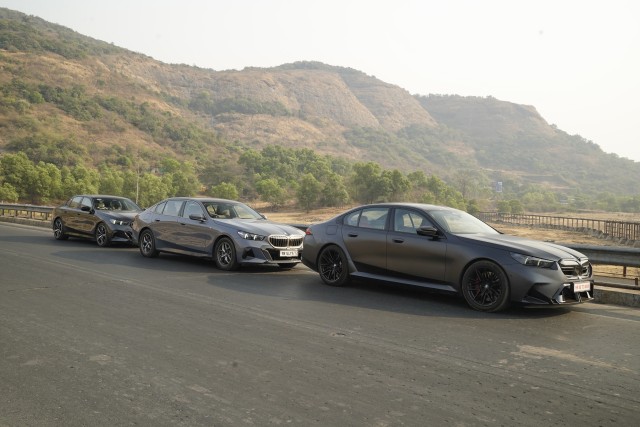
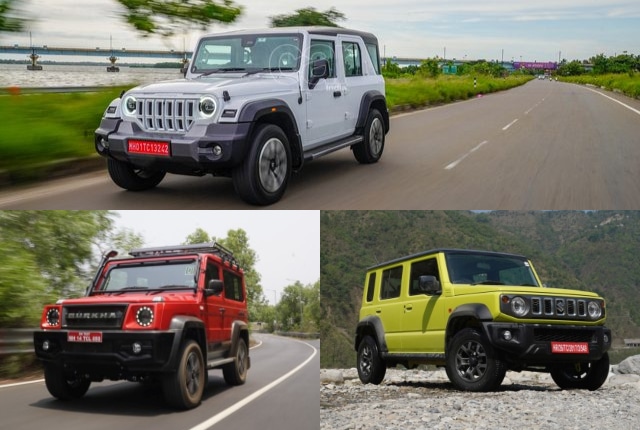
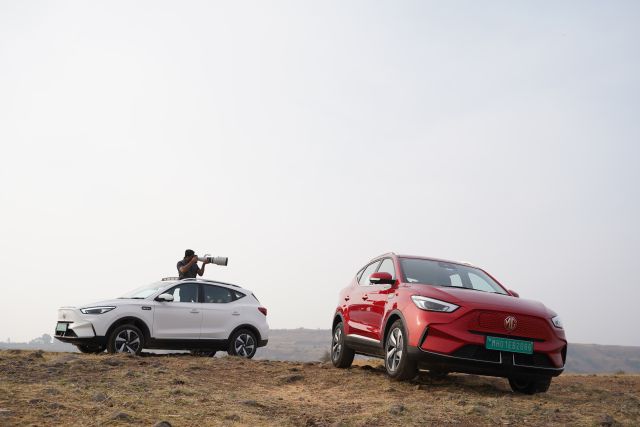
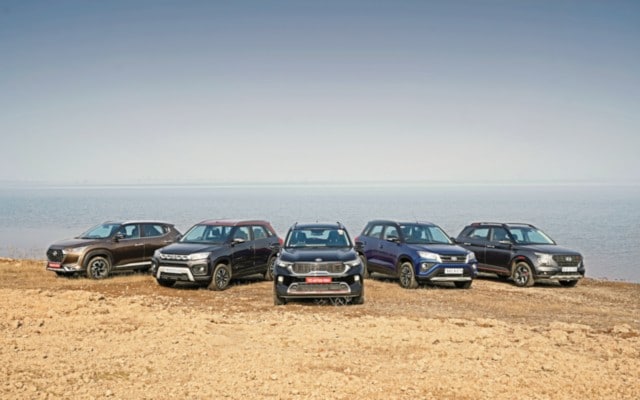
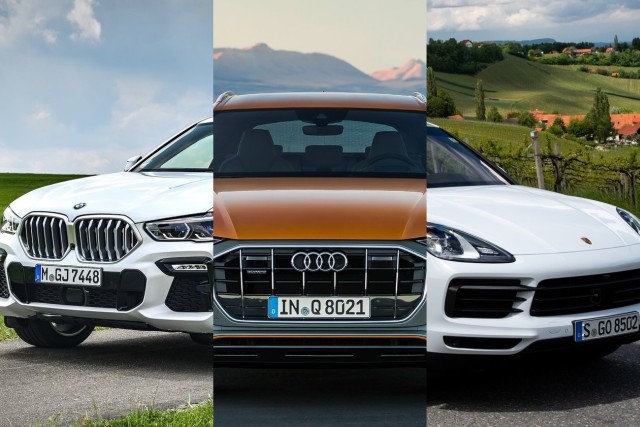
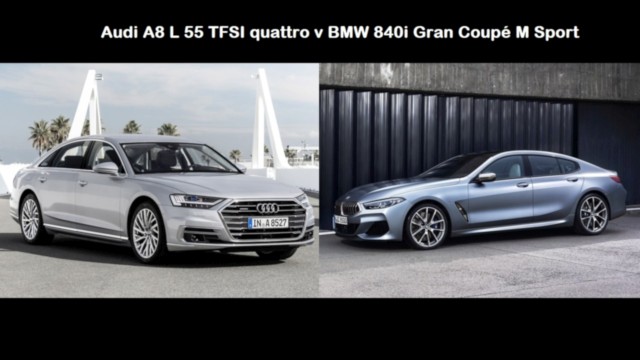
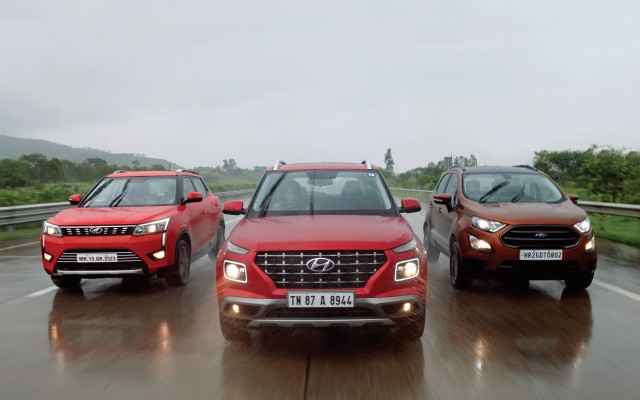
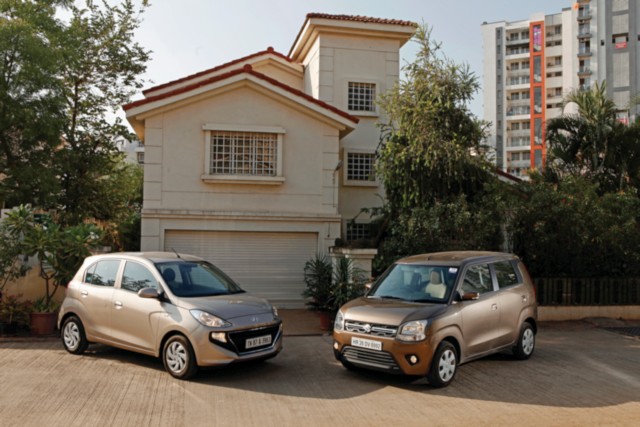
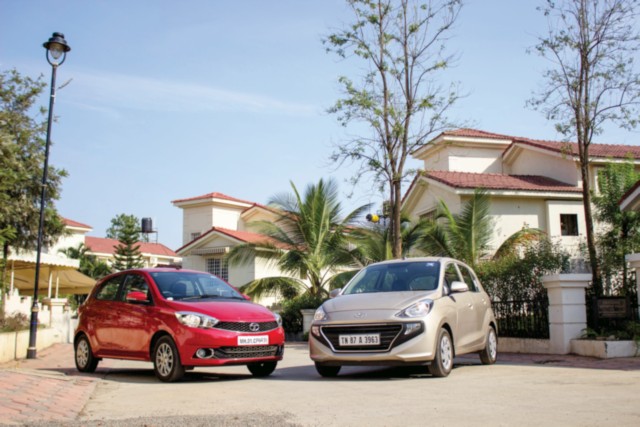
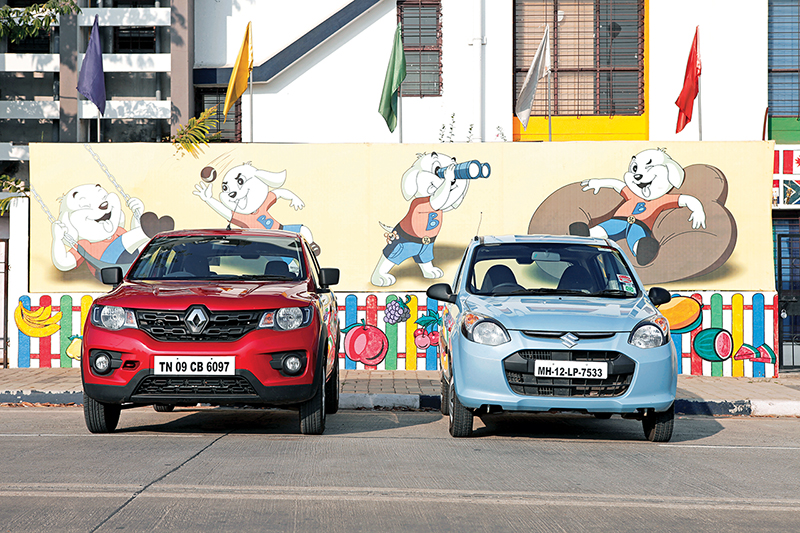
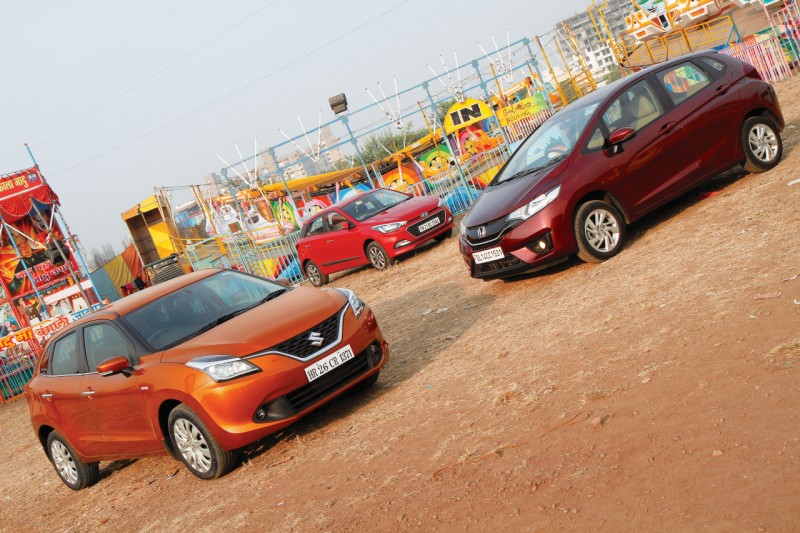
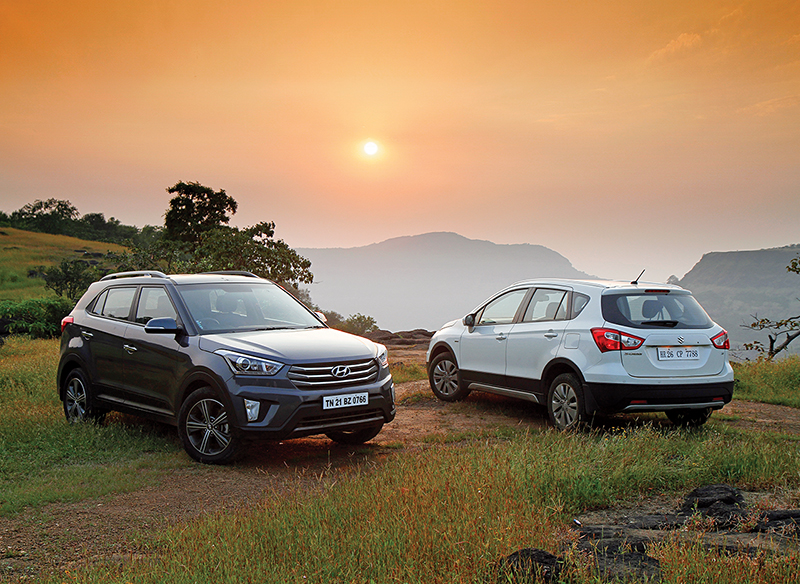
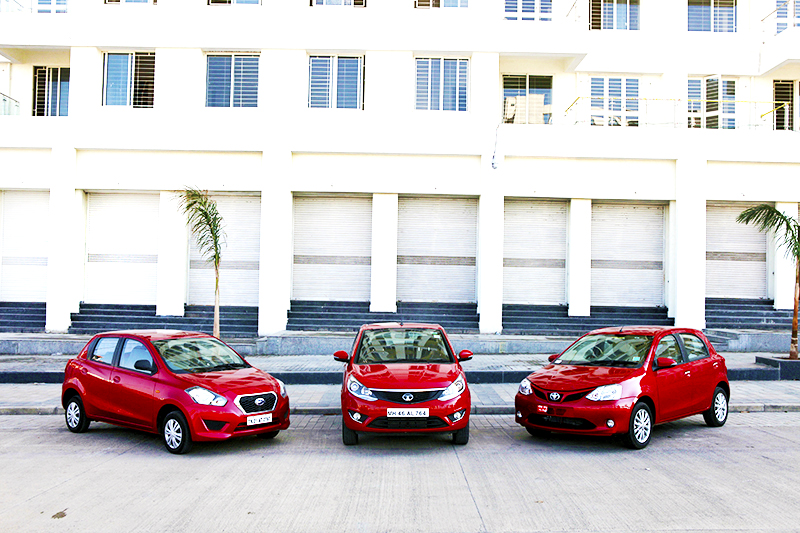
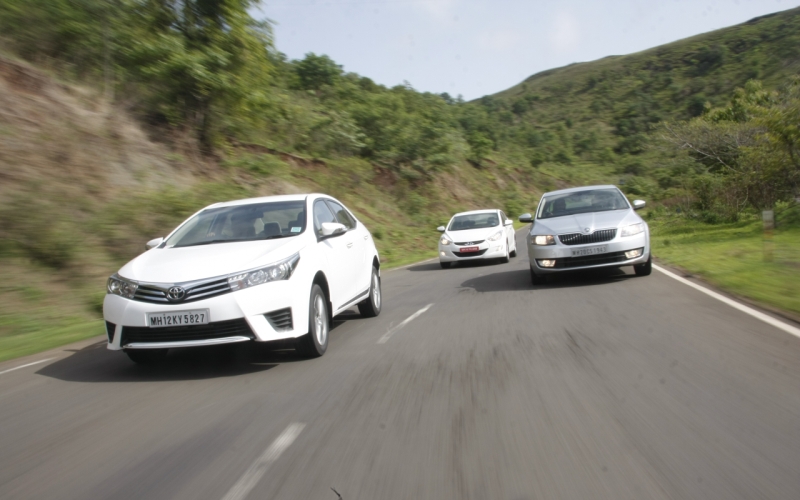
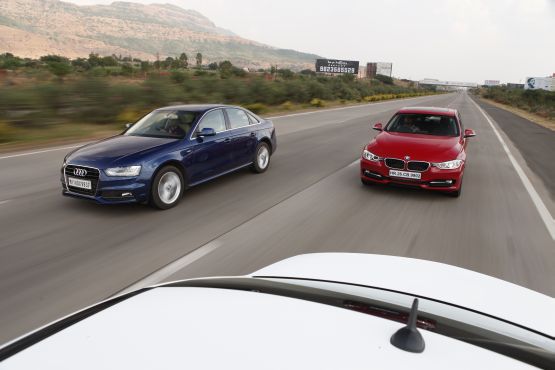




Leave a Reply